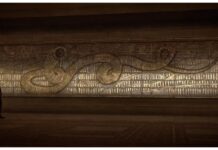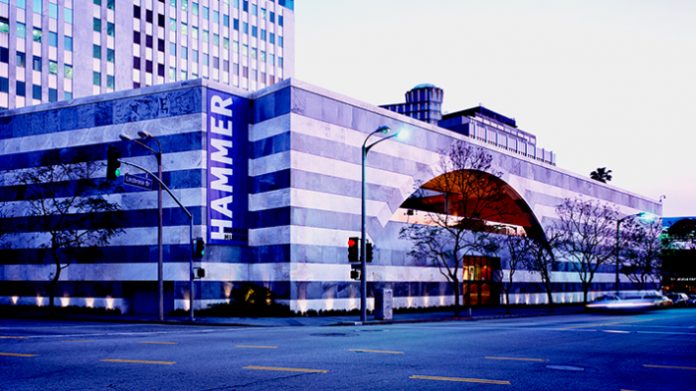In 1990, the Hammer Museum was opened in Los Angeles, California, in the Westwood neighborhood. Its full name is Armand Hammer Museum of Art and Culture Center.
The museum occupies an area of 7 300 square meters. The facade of the snow-white museum building is decorated with large horizontal marble stripes of gray. The courtyard is hidden from public view and consists of wide arcades and terraces.
The Hammer Museum features works by many famous masters. Since 2007, a collection of “cutting edge” contemporary art can be seen here. The art museum specializes in the works of the Impressionists, including Van Gogh, Sargent, Monet, and Rembrandt.
The building is the cultural center of the city and hosts various symposiums, film screenings, musical performances, political discussions, poetry evenings, meetings with famous people, and other events.
Armand Hammer: how he earned his millions and fame
Dr. Hammer
Armand Hammer was born on May 21, 1898, in the United States, where his ancestors had once emigrated from Odessa. His uncle held a prominent position at Ford, and his father, Julius Hammer, worked as a gynecologist, owned a small pharmaceutical company and a chain of pharmacies in New York City. Julius was a Communist sympathizer. Perhaps for this reason, he received special attention from the authorities. And when he performed a botched at-home abortion on one of his patients, he was arrested and sentenced to ten years in prison.
Armand had just celebrated his majority and decided to continue his father’s business. Although he had received a medical degree and had been called Dr. Hammer all his life (a fact of which he was very proud), he never worked a single day in his profession.
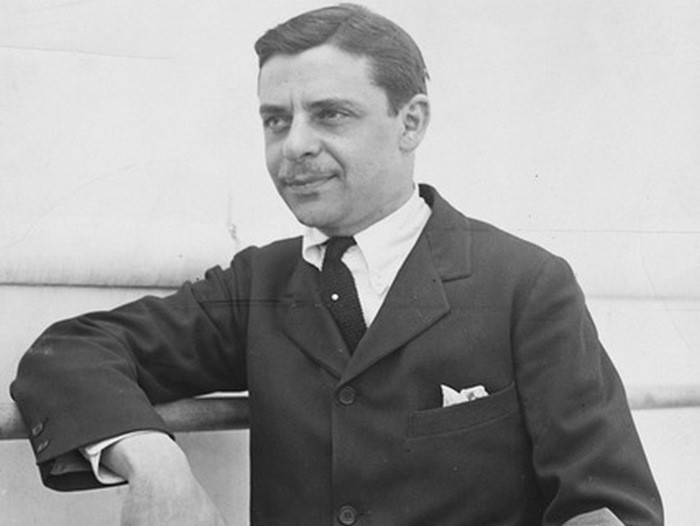
In 1920, the successful businessman Hammer joined the U.S. Communist Party and went on a mission to Russia. The real reason for his tour was to pay back the debts of the Russians to his company. In addition, in a country where famine, poverty and typhoid fever prevailed at the time, it was possible to make a good profit on the sale of medicines.
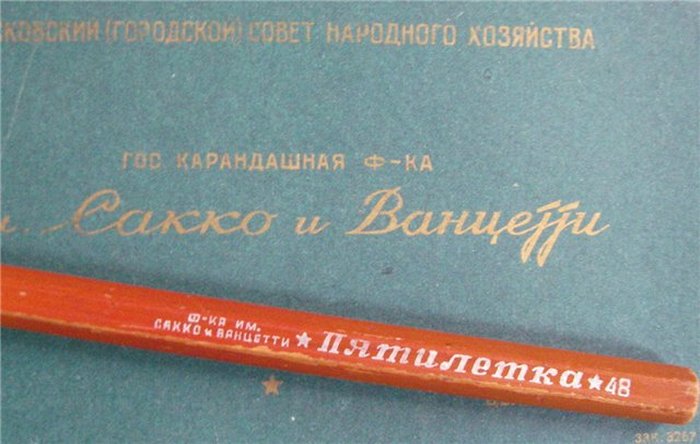
Life in Russia was to Hammer’s liking. A successful marriage to the daughter of a tsarist officer with a huge dowry, a luxurious mansion in the center of Moscow, servants, a private car with a chauffeur, and the favor of the authorities turned his existence into a paradise.
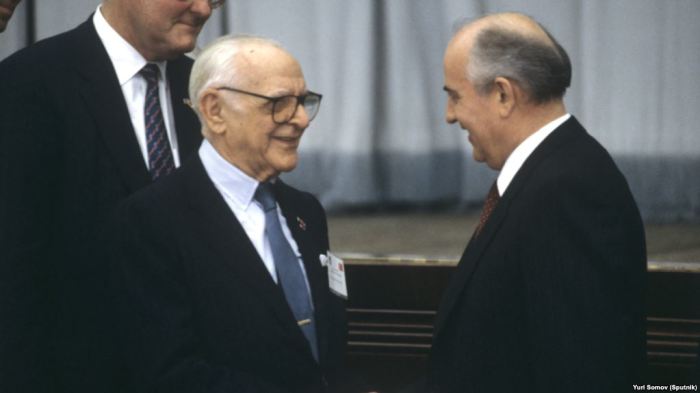 Armand Hammer and Mikhail Gorbachev, 1988
Armand Hammer and Mikhail Gorbachev, 1988The Russian period of the red capitalist’s biography ended when all private enterprises in the Soviet Union were turned over to the state. Hammer lost a considerable amount of money, but he managed to take out a private collection of Russian art. Moreover, Stalin invited him to become the USSR’s financial representative in the West, for which our American comrade received far from modest interest.
The Oil Magnate
Upon his return to America, Armand sold the valuables he had taken from Russia at a profit, and soon set up the production of counterfeit Fabergé eggs in the States, since he had acquired the brand name back in Moscow.
But his main source of income remained the liquor trade. Earning on human weaknesses, Hammer built a whiskey distillery. The quality of the product was low, but the quantity of the drink and its low price allowed the enterprising “doctor” to capture most of the market. The fact that the U.S. had abolished Prohibition also played into his hands. It was then that Hammer created the famous United Distillers of America and received financial support from the state to increase production.
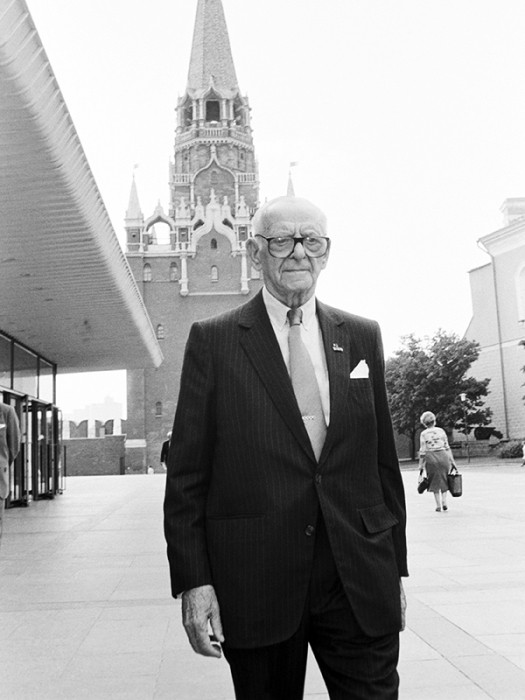
By the age of fifty-eight, Armand Hammer had changed several wives and mistresses. Mostly they became rich widows, whose dowry successfully replenished the millionaire’s coffers.
The next step in the business was the oil refining company, the so-called Oxy or Occidental Petroleum, which by the end of the eighties was ranked 14th among U.S. industrial firms. Its annual revenues exceeded $500 million.
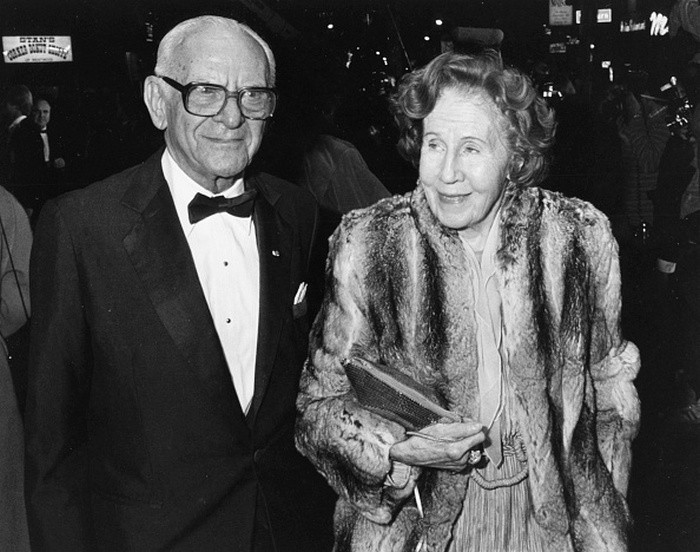
To achieve his goals, the tycoon did not bend to any means. He knew how to persuade, cajole, flatter. For example, he told Brezhnev and Gorbachev that they reminded him very much of Lenin. He found common ground with monarchs, presidents, dictators and mafiosi.
But his luck turned away from Hammer when he began to engage in dirty financial manipulation during one of the election campaigns. He almost got jail time then, but given his age and health, the court dealt leniently with the elderly man. After paying all the fines, Hammer remained a holder of only one percent of Oxy stock.
Ego
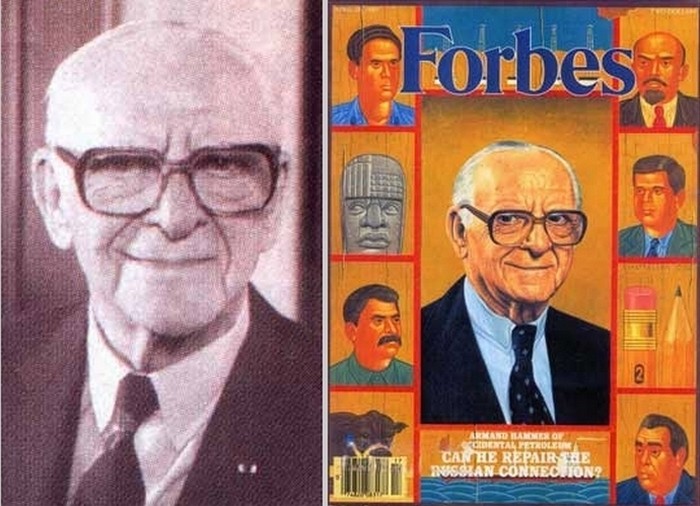
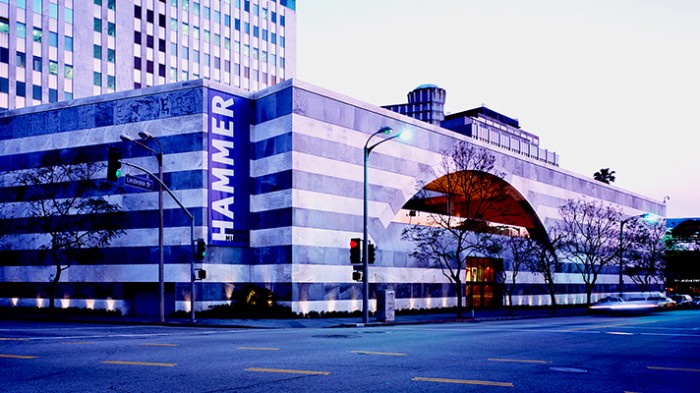
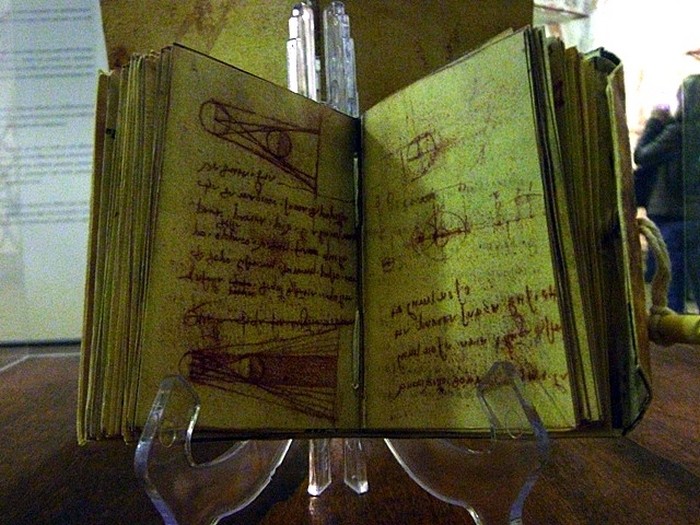
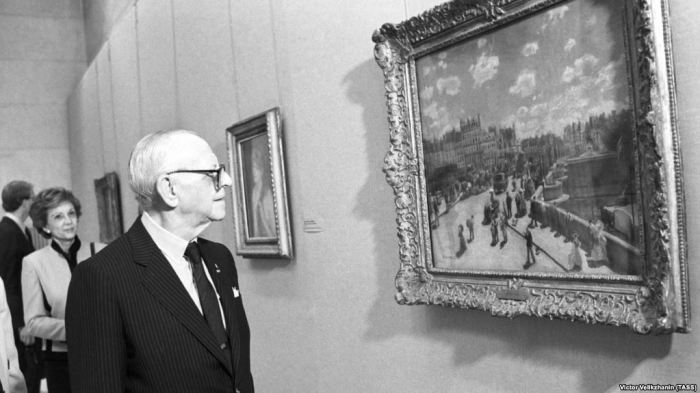
He wanted to immortalize his name by paying eight hundred thousand dollars to have “ARMAND HAMMER” laid out in gold in the Metropolitan Museum of Art Hall of Fame. But the millionaire’s grandson didn’t spare another hundred thousand to make his grandfather’s name disappear from the Memorial Hall of Fame.





